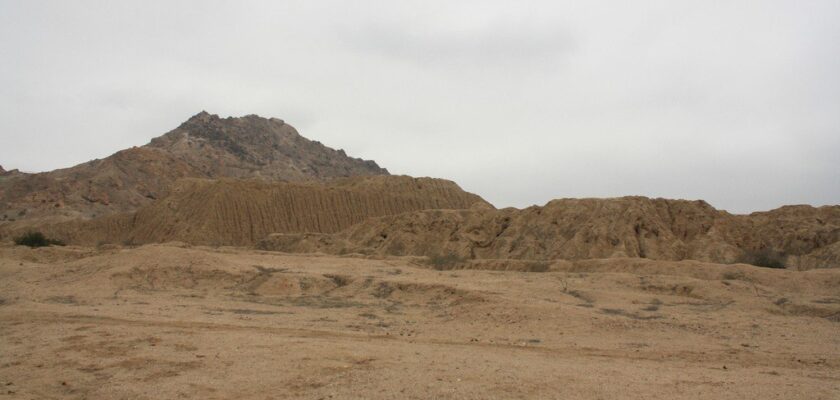Pyramids of Túcume
Pyramids of Túcume is a unique archaeological complex consisting of several pyramids. It is located on the northern coast of Peru near the city of Chiclayo. It is the oldest stronghold of the religion of the Indian tribes of South America, which includes 26 clay pyramids.
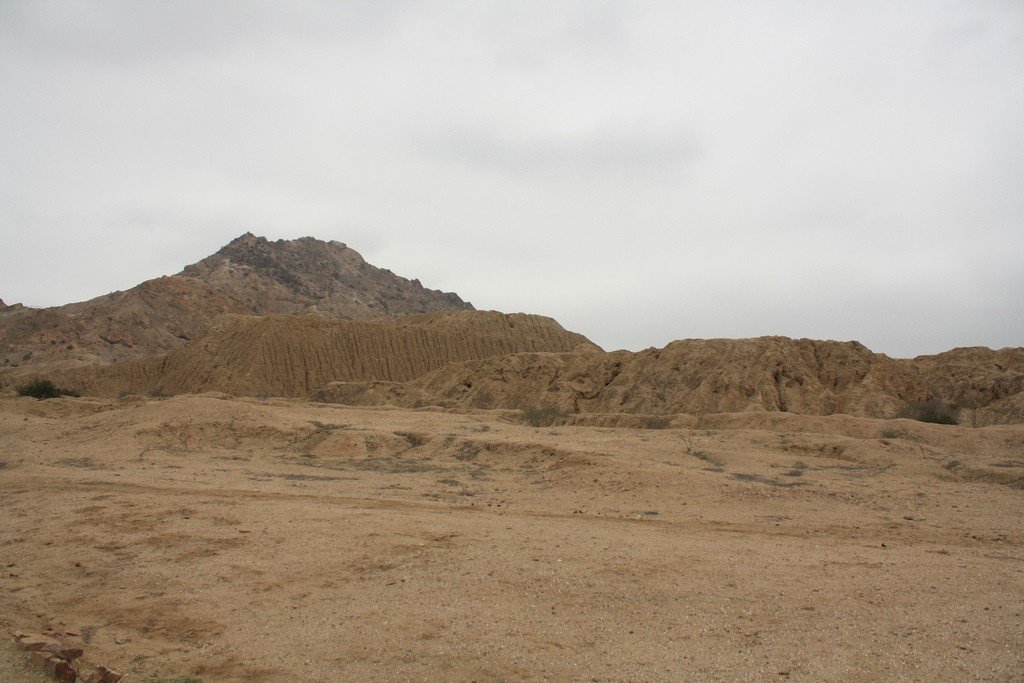
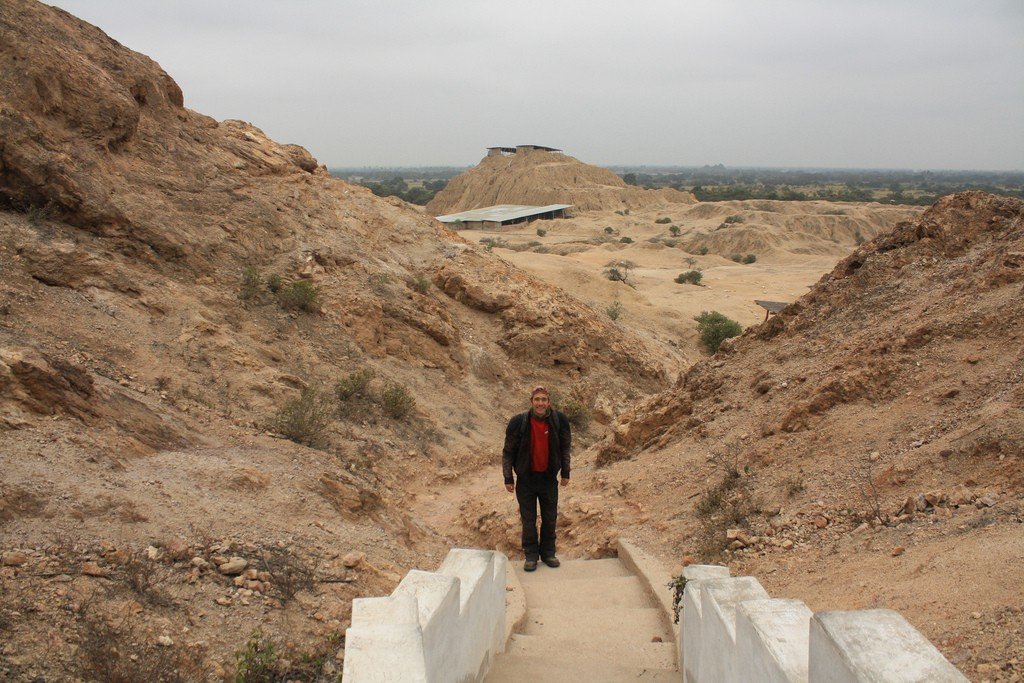
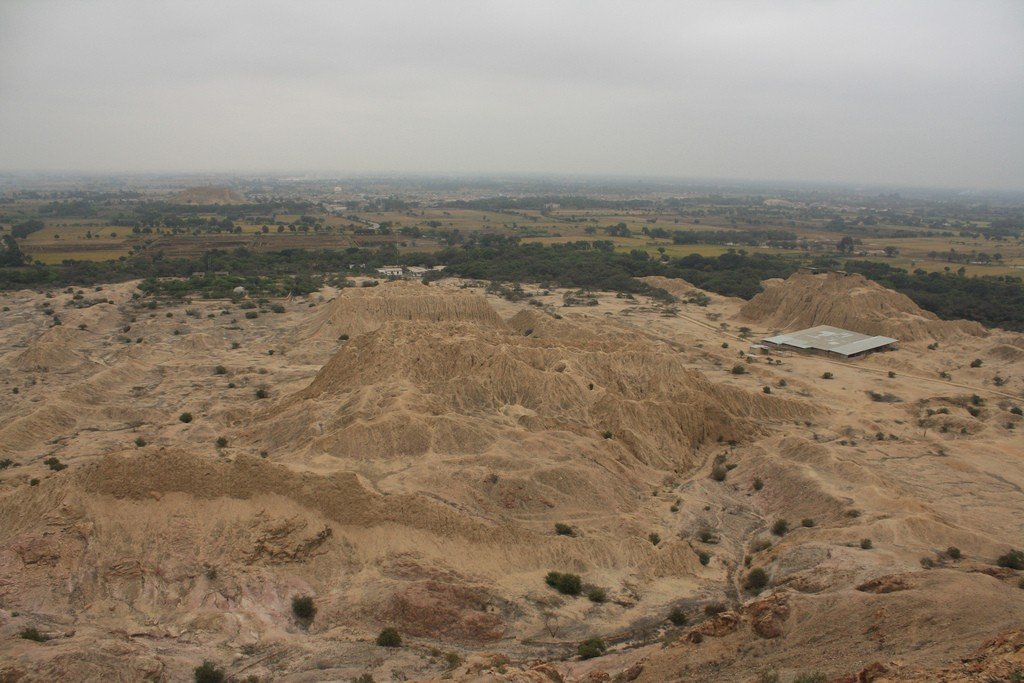
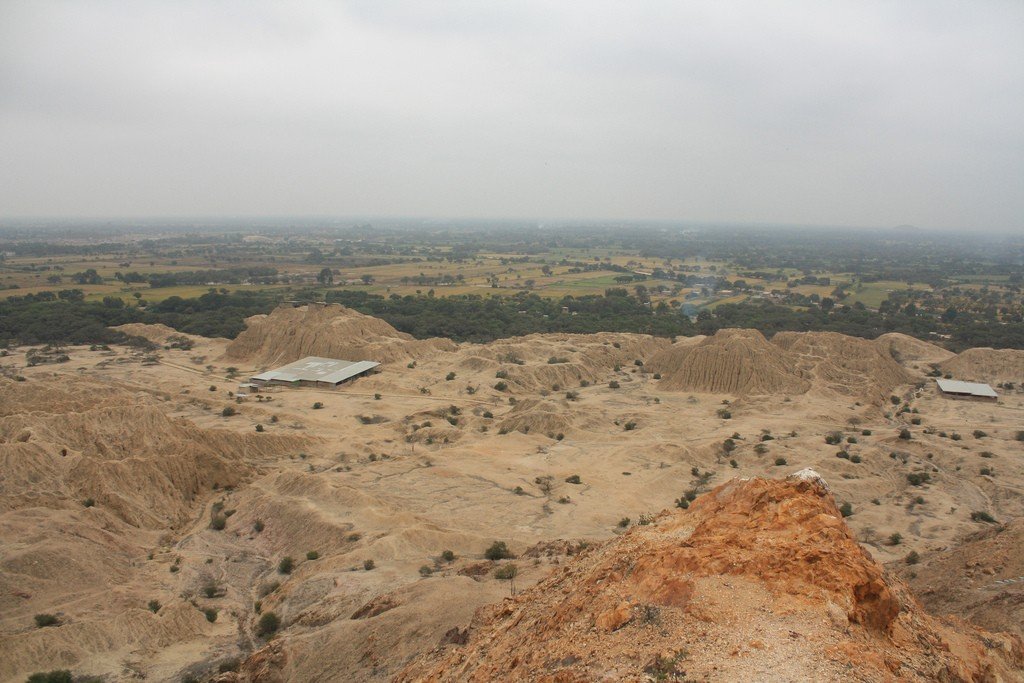
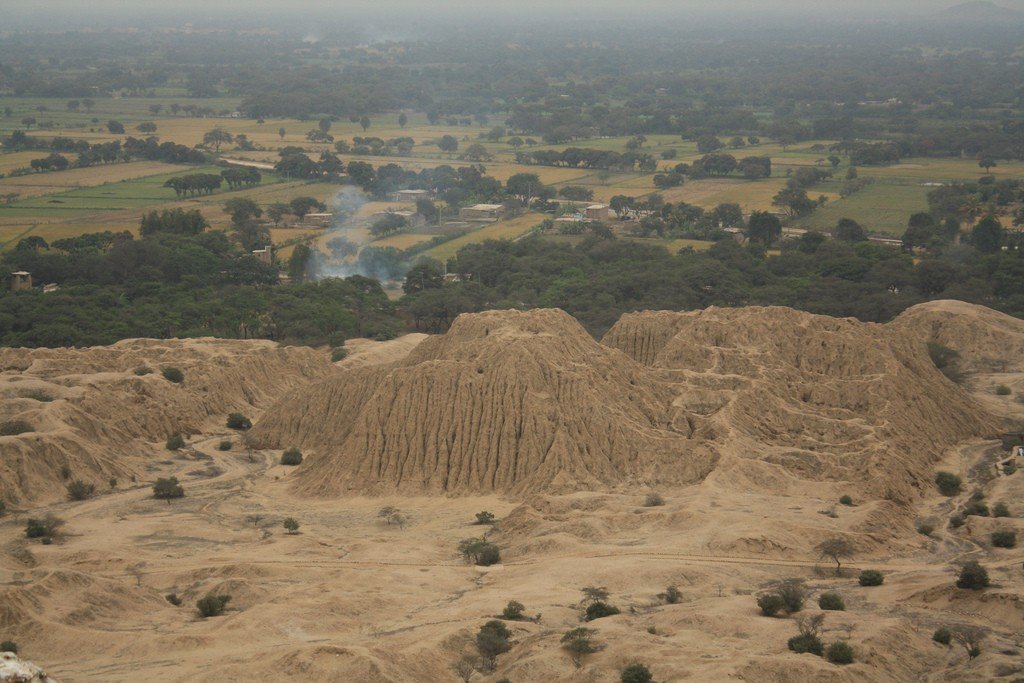
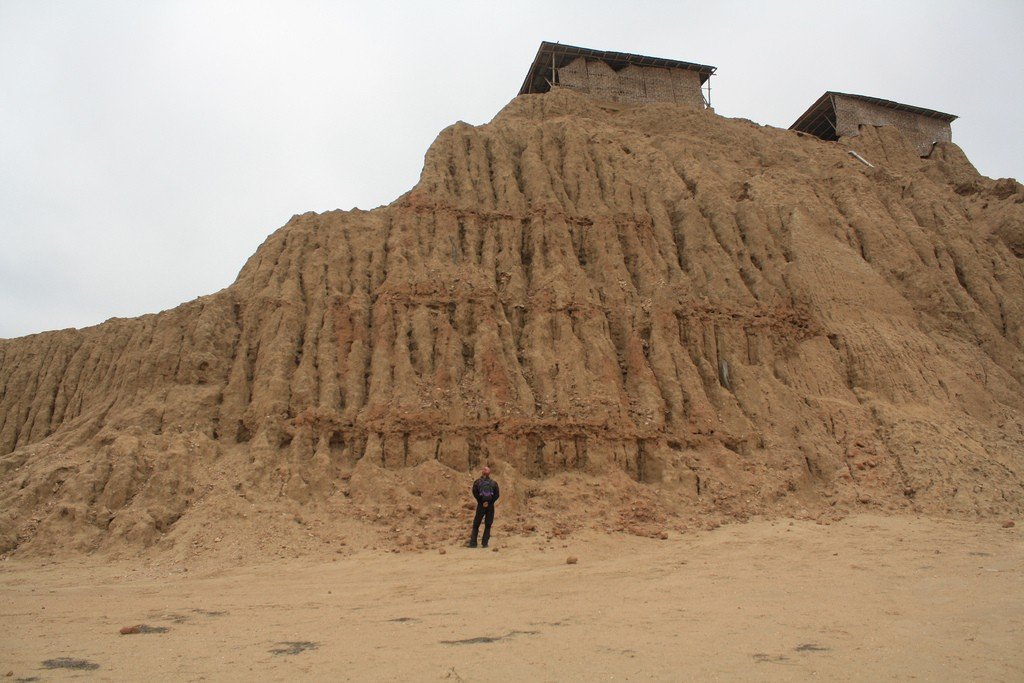
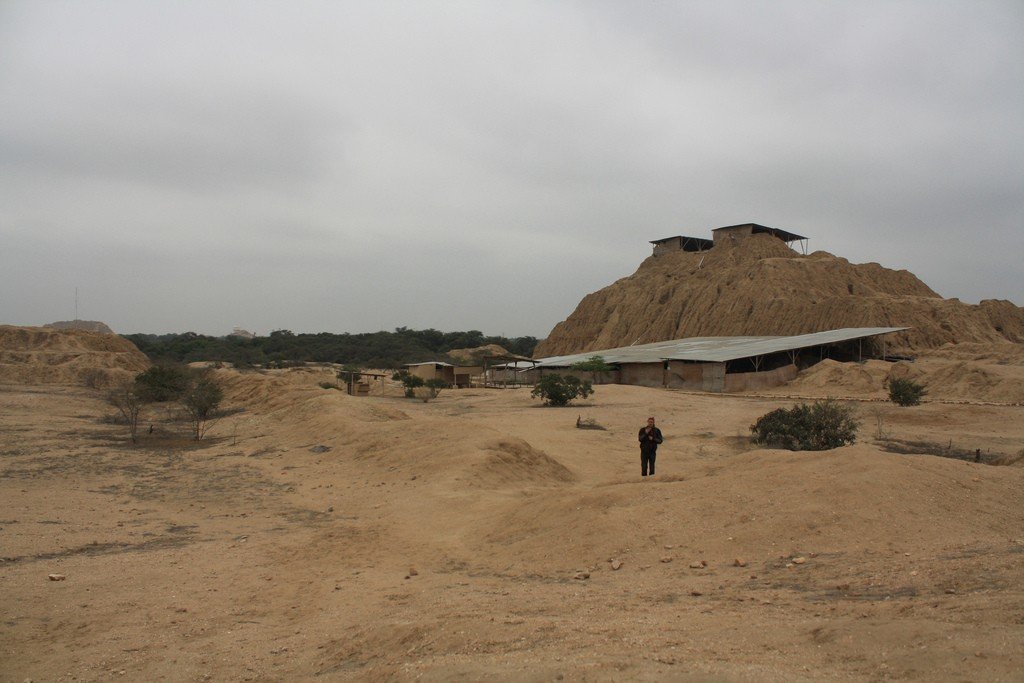
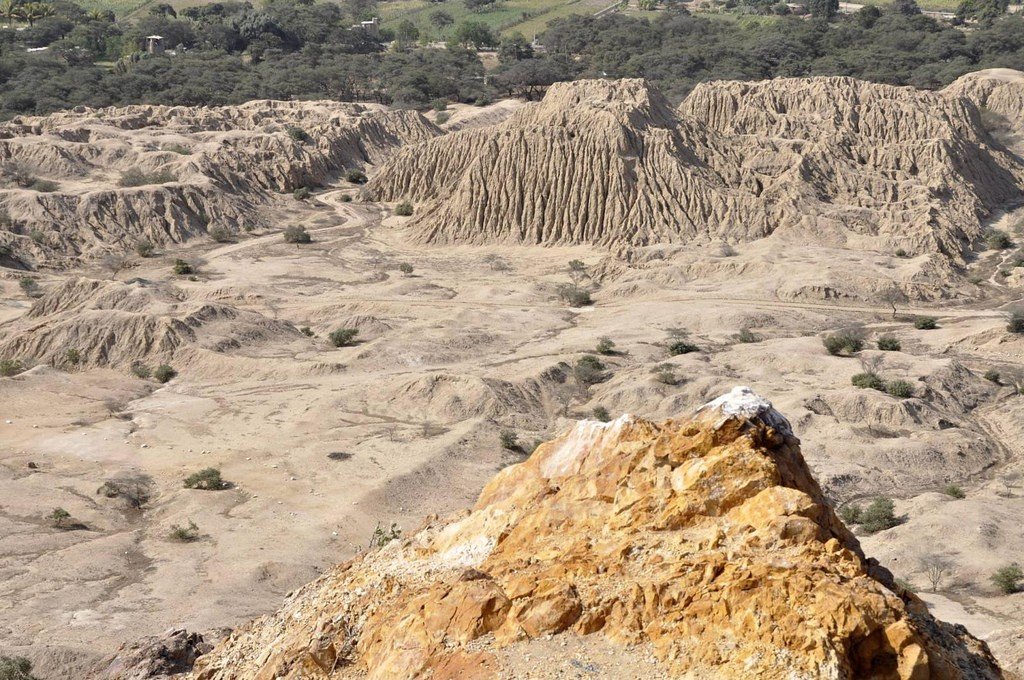
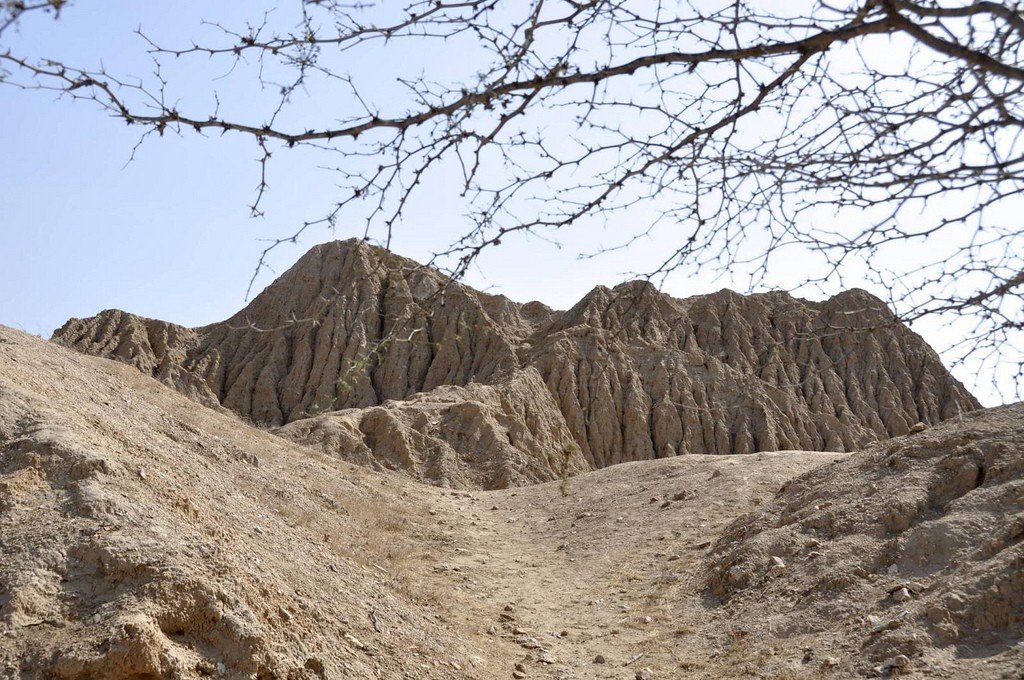
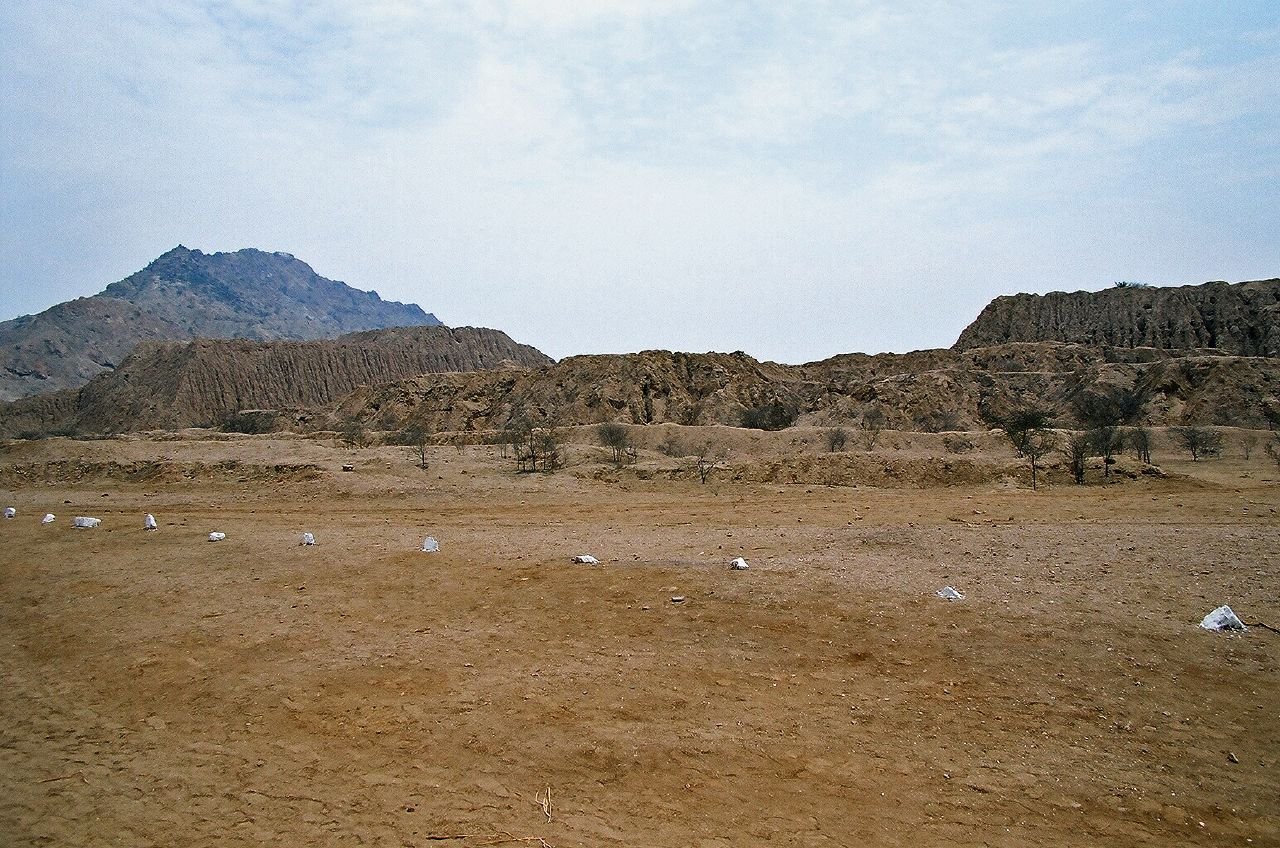
Highlights
The pyramids of Tucume are almost 40 meters high, and the largest, Huaca Larga, which translates to “Long Pyramid”, is almost 700 meters long.
The pyramids of Tucume are the largest of the pyramids.
The more correct name for all the pyramids in this complex is “uaka”, i.e. temples built of adobe. It also includes numerous courtyards, living quarters, corridors with walls decorated in relief, and warehouses.
Historical research has revealed that the construction of the earliest pyramids of the Tucume Valley dates back to 700-800 AD. During these times, Tucume was considered the capital of the Indians of the Lambayeque culture. However, the opinions of historians in the question whether the Lambayeque and Sikan cultures are equivalent concepts, differ to this day. Either way, the Indians of this time had a lively trade with the territories from Amazonia to present-day Ecuador and Colombia. Products of non-ferrous metallurgy and ceramic production became the basis of their trade relations. As early as 1375, the Lambayeque culture fell under the rule of the Chimu kingdom, which in turn was subdued by the Incas after another 75 years. Despite the fact that Tukume played a very important role in the life of this Indian tribe, they still left the city of pyramids in 1532. Historians attribute their departure to the fire that engulfed Huaca Larga and destroyed it almost completely, something similar could be observed in India Goa, now a popular beach resort.
.This event consigned Tukume to oblivion for a long time, and people even said that the place was cursed. To get rid of the curse, locals even performed human sacrifices. However, ancient legends about the “fire worm” did not stop treasure hunters, the so-called “black archaeologists”. Naturally, the Peruvian police pursued them relentlessly, and the whole adventure story reminded the world again of the mysterious pyramids of Tucume.
.Only in 1988 began the first scientifically organized research led by the ethnographer from Norway, Thor Heyerdahl, which lasted until 1994. The traveler found out that the valley of Tucume flocked crowds of pilgrims, and local priests were even well versed in astrology. In the burial of one of the noble warlords was found a lot of jewelry made of silver and gold, as well as pottery. Almost all of these artifacts are still displayed to visitors of many museums in Peru. In addition, on the basis of the frescoes found here Heyerdahl was able to prove that the Indian tribes of South America was quite well developed seafaring. It is very likely that their trading expeditions reached not only the islands of Polynesia, but also more remote territories.
.
Even a person not particularly interested in history, probably more or less known to the Indian tribes of the Maya, Inca and Aztecs. Some will be able to name the Olmecs, Mochica as well. However, many aspects of their life, farming, religion are still an unsolved mystery. Who knows, maybe it is the valley of the pyramids of Tucume at least a little will be able to open the veil of this centuries-old mystery.
.How to get there
The best way to travel is by air. From Lima you will reach the valley in 50 min, and from Trujillo in just 15 min.
.
If you are a proponent of ground transportation, you can get there by bus along the Pan American Highway from Lima in 10 hours (775 km), from Trujillo in 3 hours (210 km). There is regular public transportation from Chiclayo to Tucume and to Lambayeque. It is possible to book a tourist bus for various excursions, but it is more expensive.
.